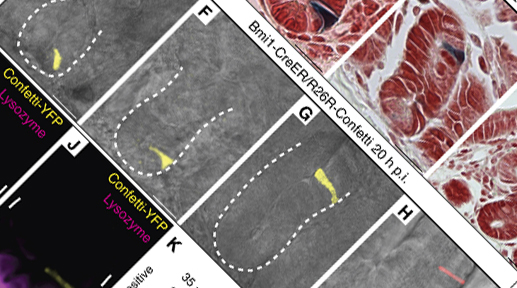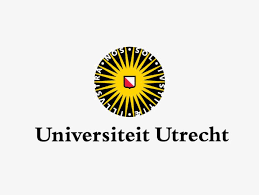
25 Jun Top Publication: Genes & proteins involved in the regeneration of the small intestine uncovered
Genes & proteins involved in the regeneration of the small intestine uncovered
In a collaboration involving several partners in the Utrecht Life Sciences Initiative (ULS) members of the Netherlands Proteomics Centre (Heck group) and the Hubrecht Institute (Clevers group, Alexander van Oudenaarden group, presently still at the Department of Physics, MIT, Cambridge, USA) made a significant advance in understanding the molecular basis that program the regeneration of tissue through the stem cells in the intestine. Joint efforts from these groups allowed the identification of genes and proteins that are specifically expressed in the stem cells of the intestine and that allow this tissue to regenerate. These results have been jointly published in The EMBO Journal on June 12, 2012.
Stem cells receive special attention in the scientific community and in society. This has been inspired by their potential to differentiate into tissues and there use in regenerative medicine. A lot of progress has been made towards the application of stem cells in therapy. Hans Clevers explains: “with our current knowledge it is possible to isolate these stem cells from the intestine and generate organoids in the lab that quite resemble the tissue”. To achieve successfully cellular replacement therapies it is still far from the bedside: “All future applications of stem cells will depend on exquisite understanding of the mechanisms that regulate stem cell biology” ads Clevers. Traditionally, research on stem cells has been focused on the study of a small group of genes, one of them, Lgr5, led Clevers and co-workers to the identification of the stem cells in the intestine and other tissues. However, during the last decade emerging technologies, such as proteomics, have allowed scientists to study thousands of players in the reprogramming process simultaneously. “Our research focused on the identification, in a global fashion, of genes and proteins that are uniquely expressed in the intestinal stem cells and how they behave when stem cells differentiate” says Albert Heck. In this report, 510 genes were identified to be uniquely expressed in these cells, including Lgr5, defining a stem cell signature. “This is an important first step, providing a clear picture of the molecular signature that provides these cells with their unique properties” explains Javier Munoz, first author on the paper.
![]()


Sorry, the comment form is closed at this time.